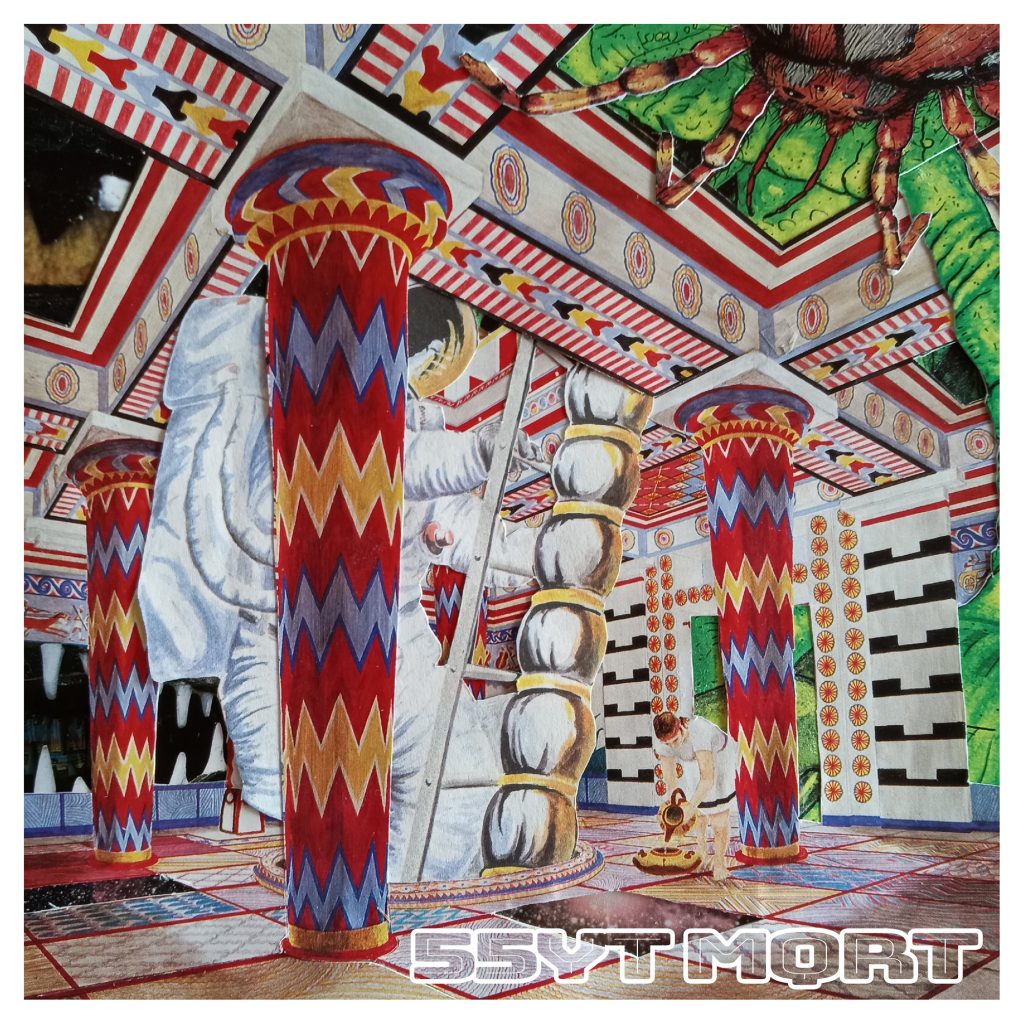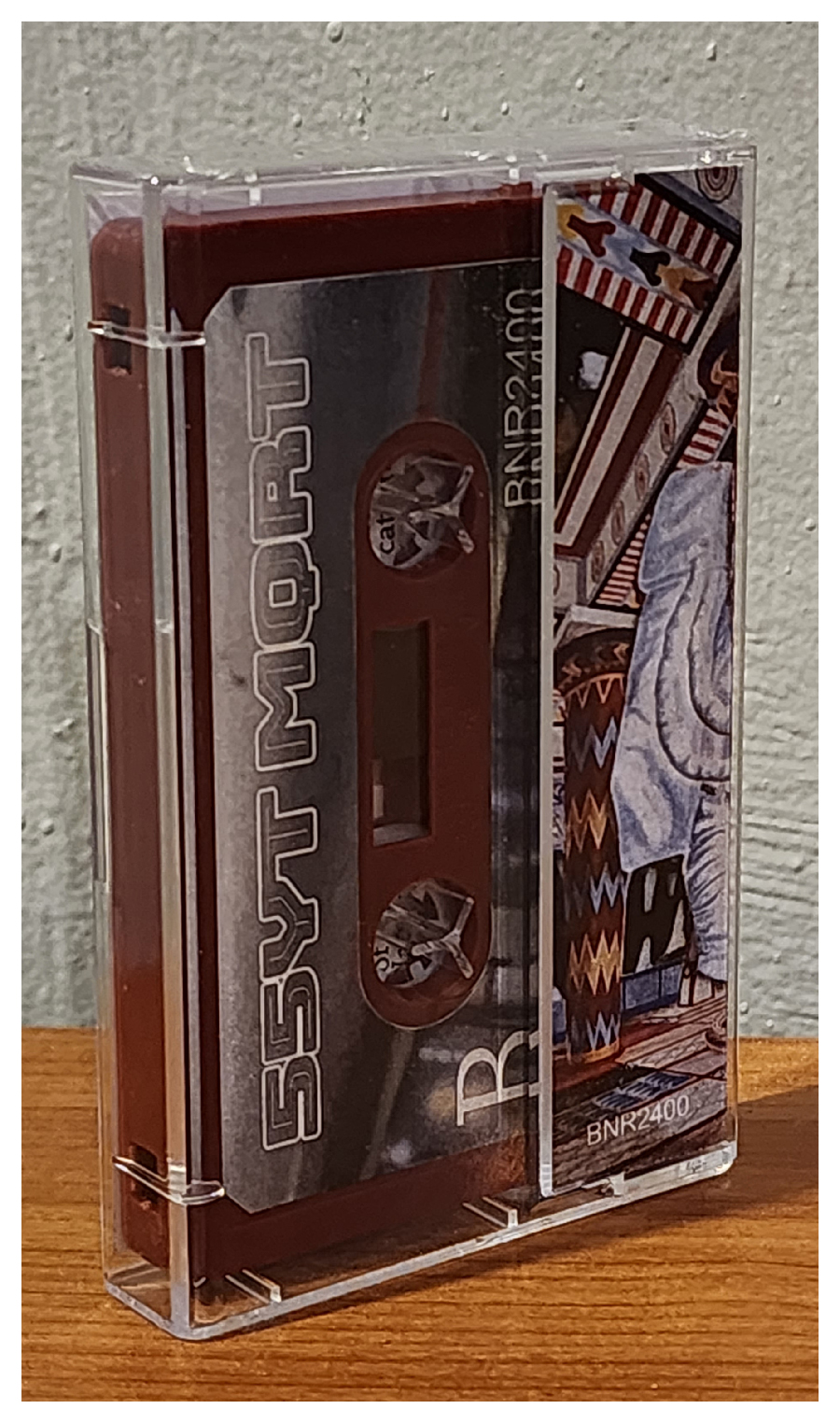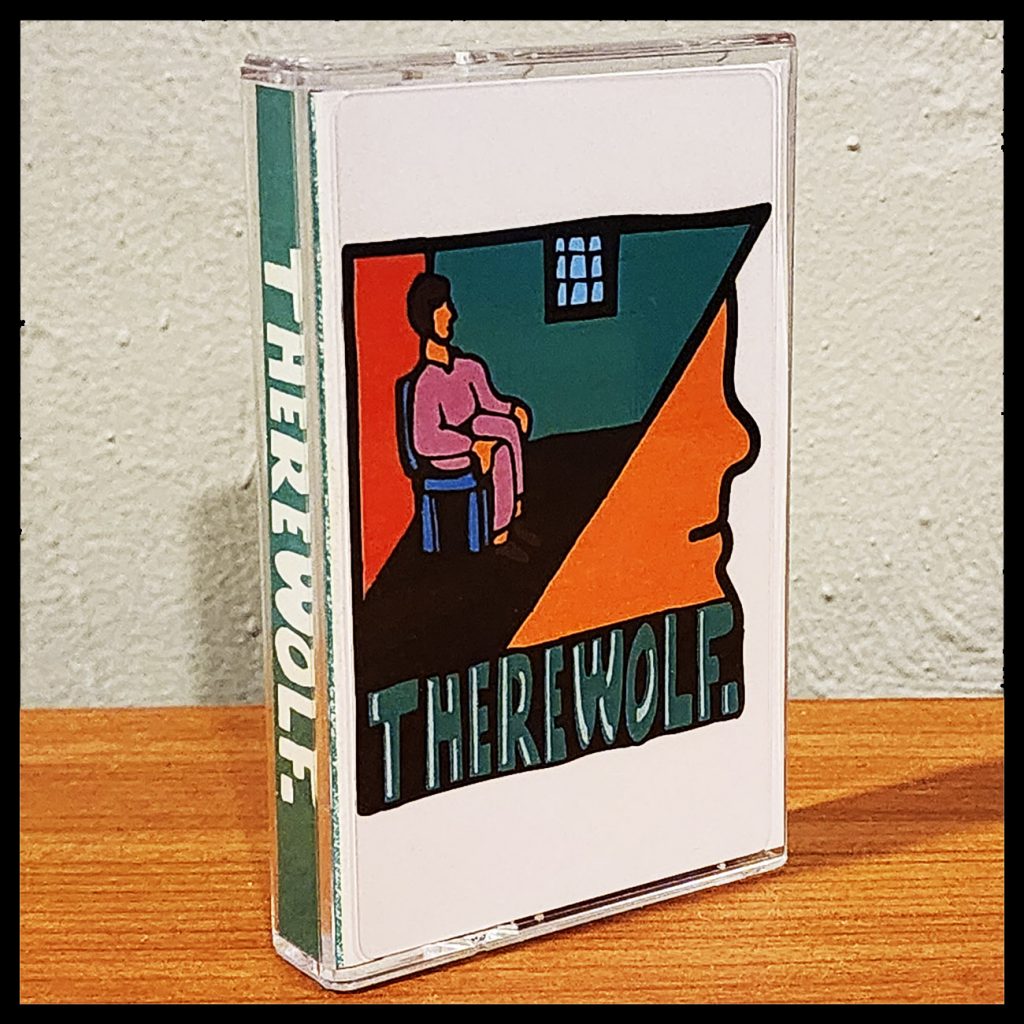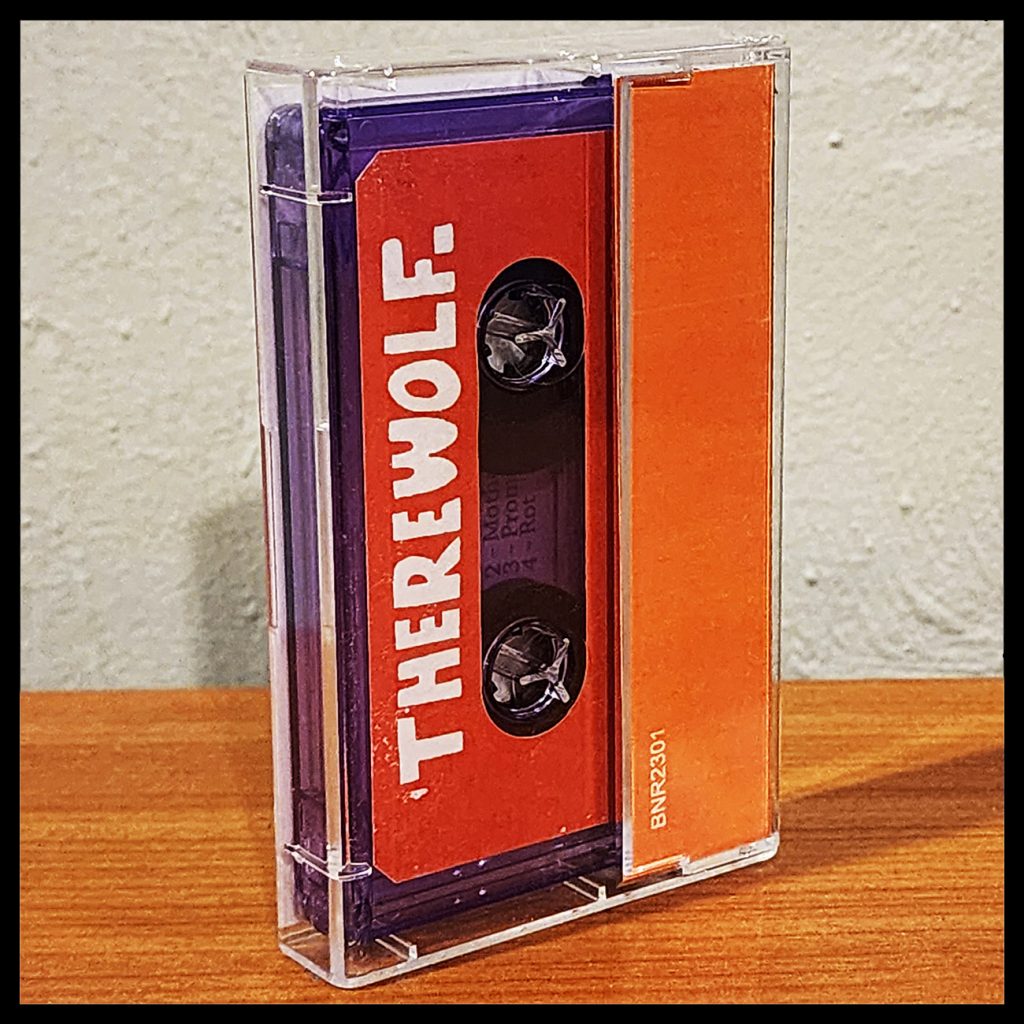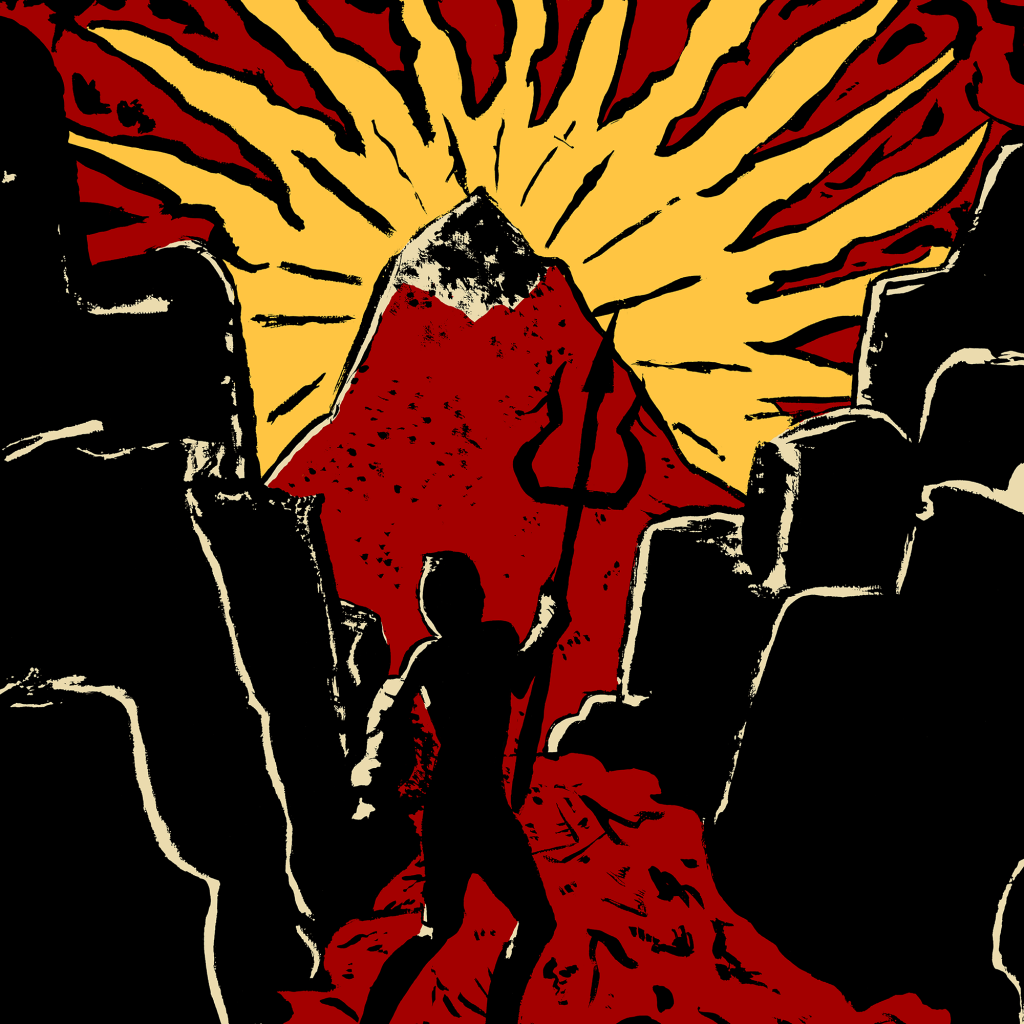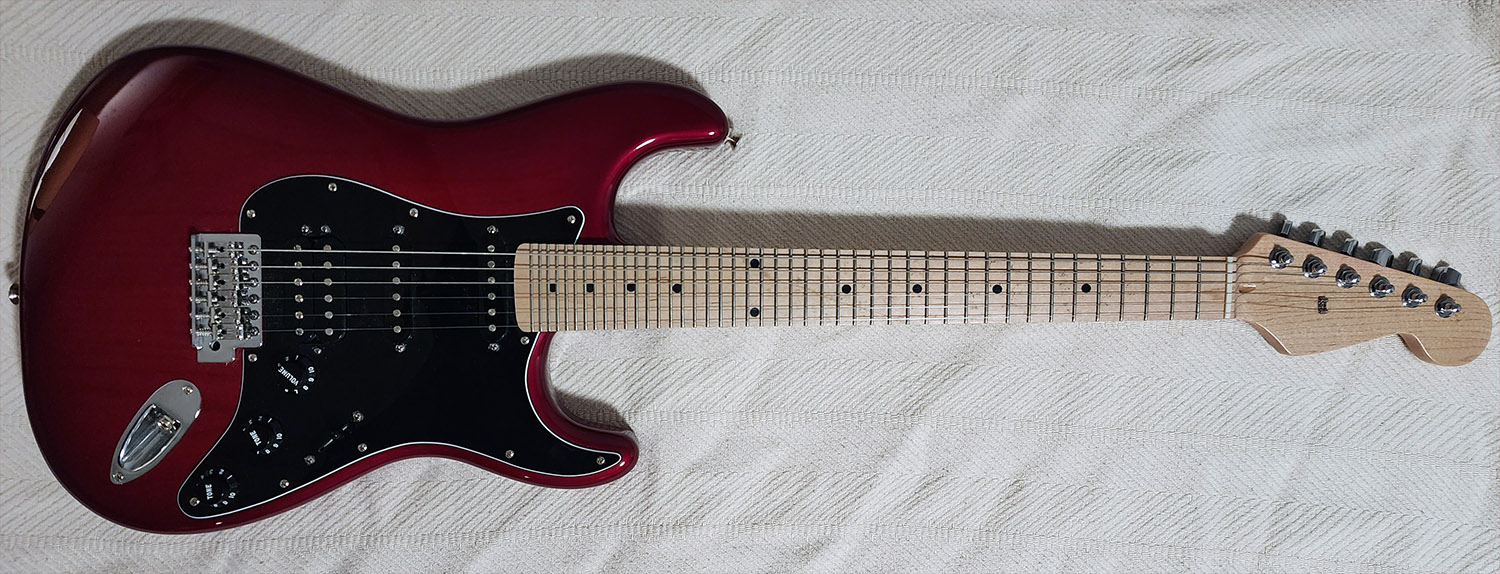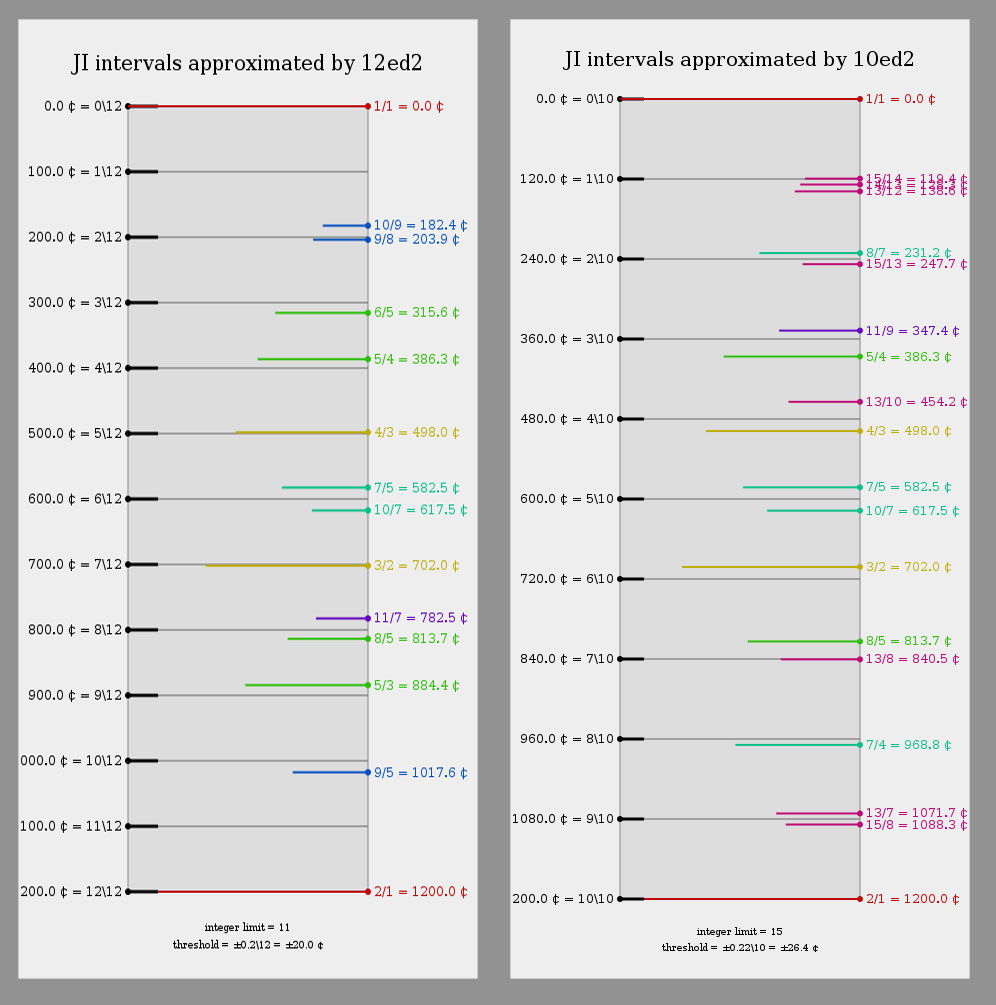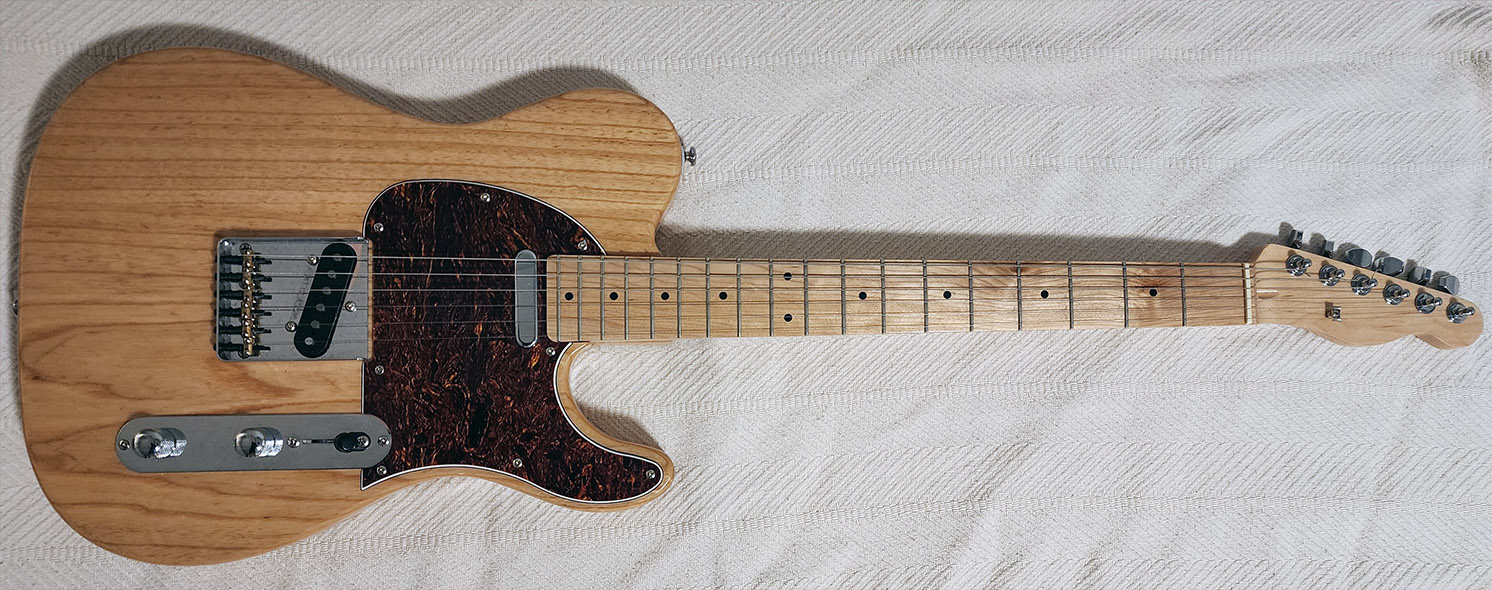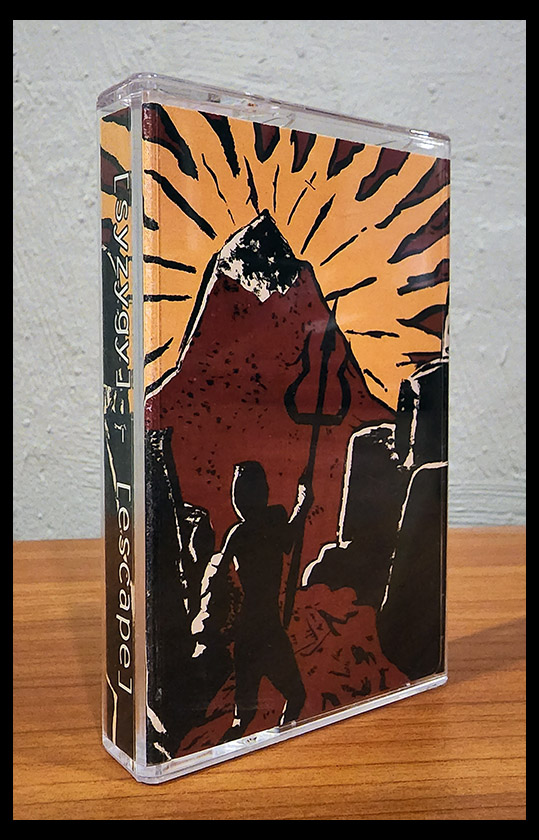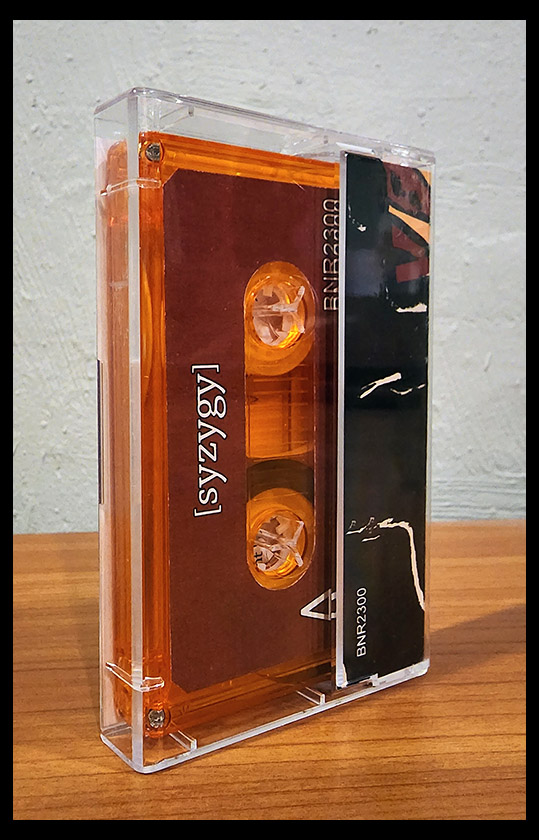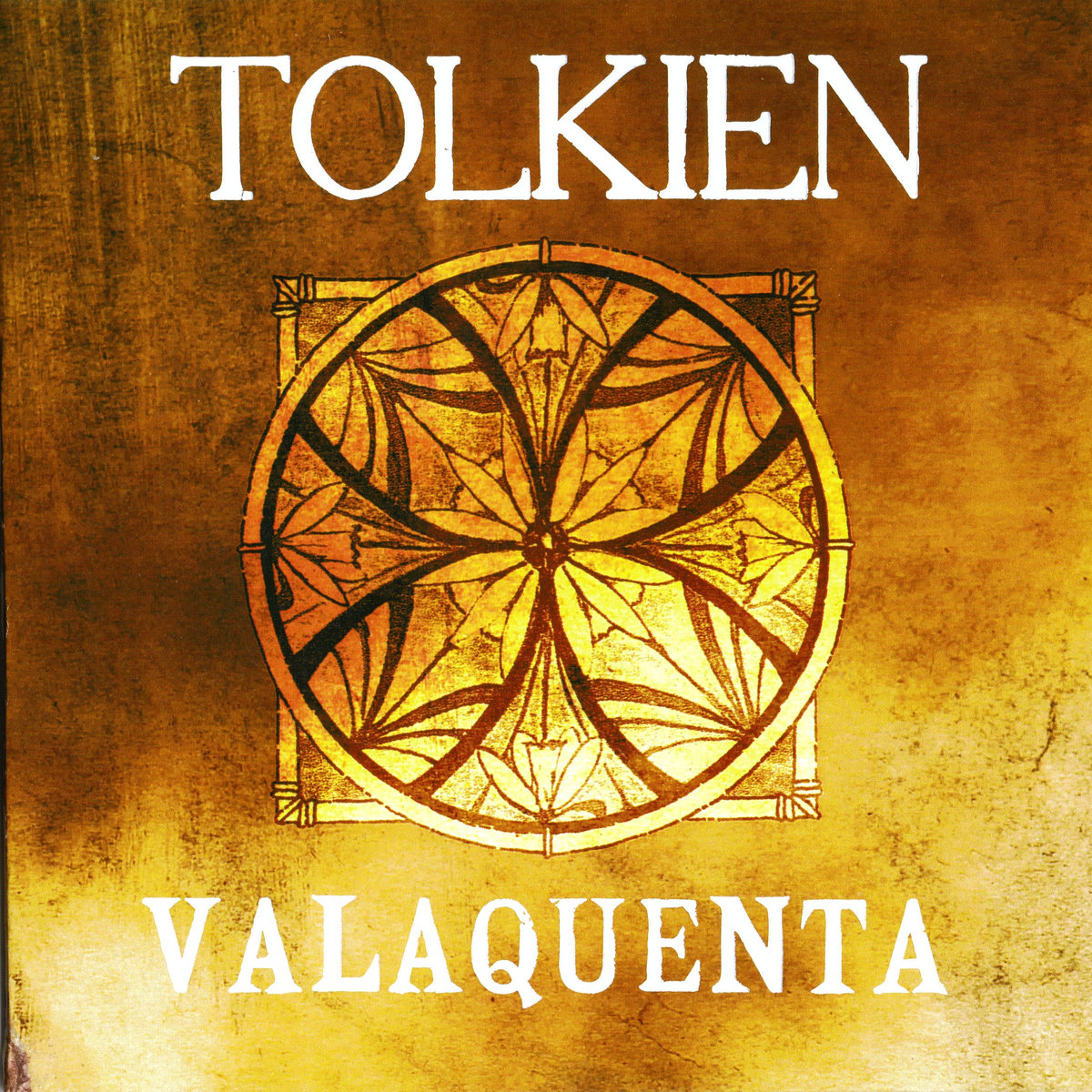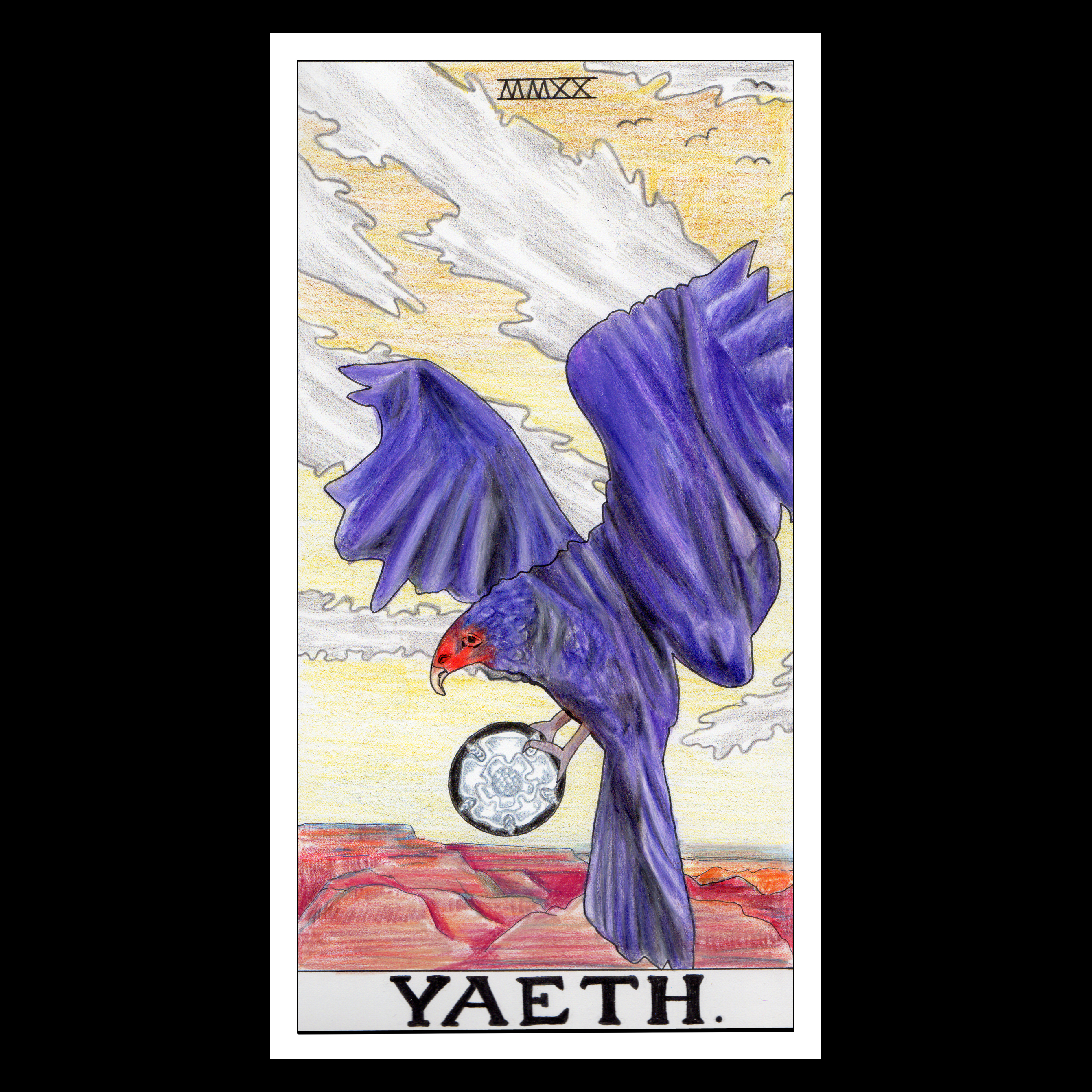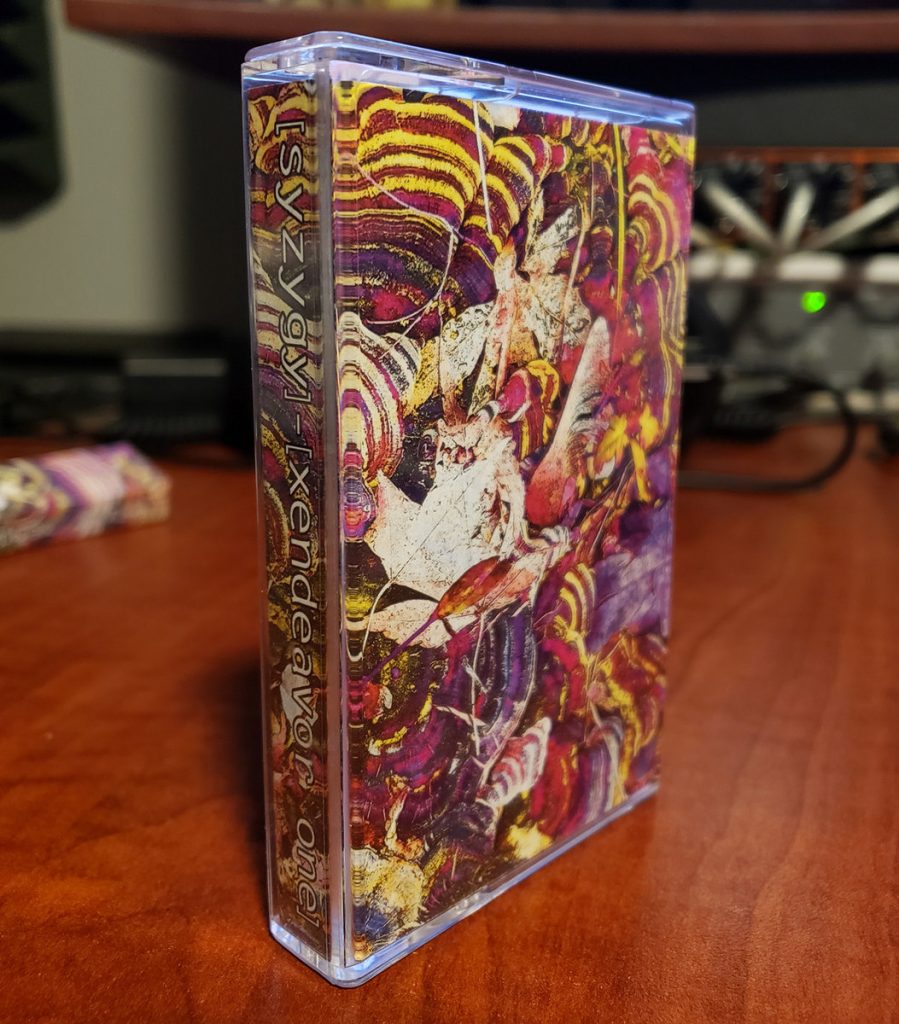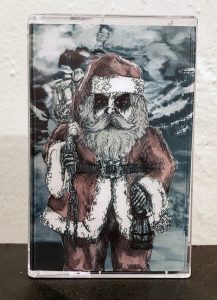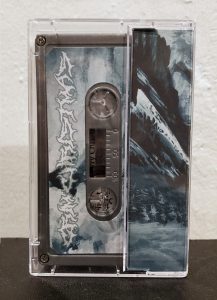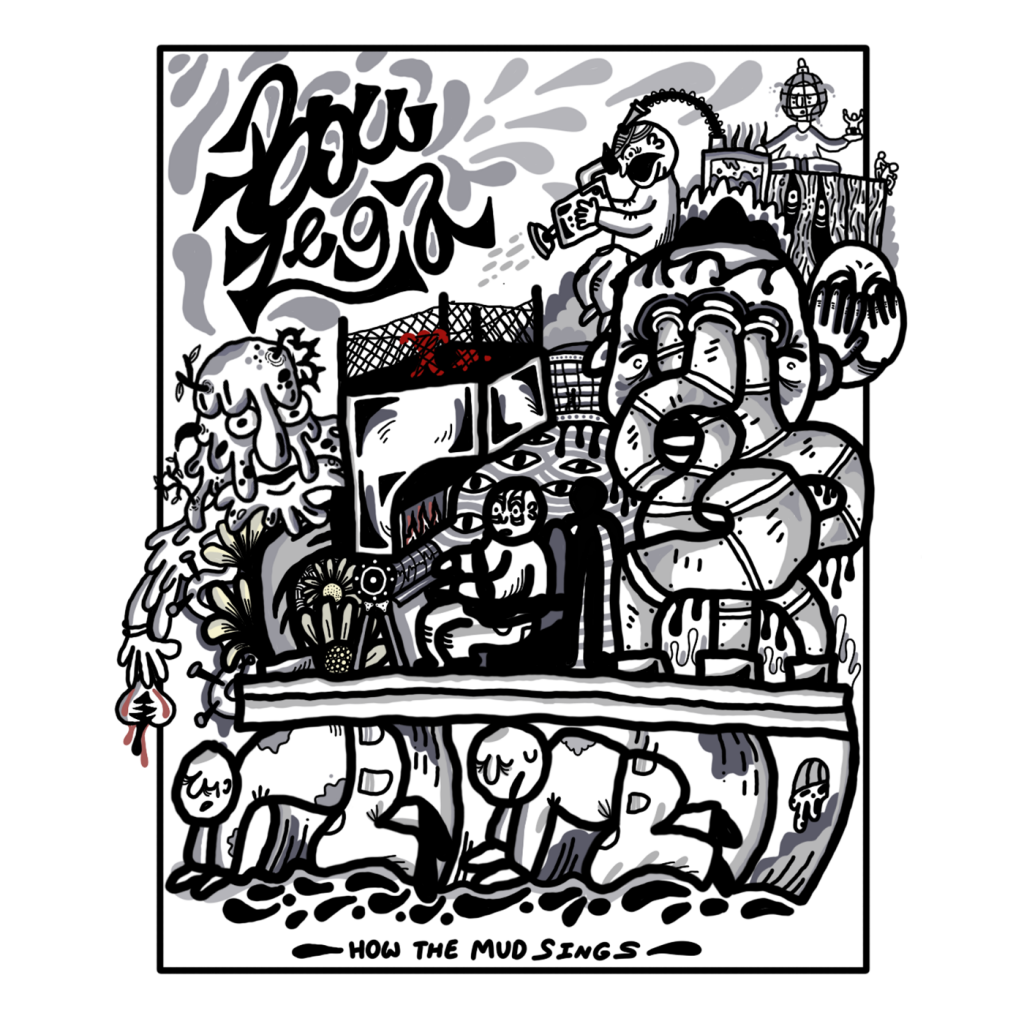
Sometime in the last few years, my good friend Steve (bassist of Julius Caesar/Caesar Augustus, guitarist of Therewolf, co-drummer of LeBaron) sent me some tracks he’d been working on. His idea was to make an aggressive rock band entirely with keys, with a particular focus on using a Fender Rhodes to emulate the sound of distorted guitar. I really liked the direction. In 2023, we were hanging out in Las Vegas as part of an online music community meetup. While sitting in a casino eating sandwiches, Steve asked if I’d be interested in singing on those tracks. I said, “Hell yeah brother,” and the die was cast. I told him I was focused on finishing the Bird Surgeon Good Times remake, and that once I wrapped that up, I’d jump on these songs.
Both projects ended up delayed as my ulcerative colitis was progressively getting worse. The illness was taking more and more of a toll, and for a while I wasn’t sure when I’d have the energy to make music again. As I’ve mentioned in previous posts, things eventually got bad enough that I was hospitalized for weeks. In the end, that turned out to be a blessing, because it finally led to me getting stabilized on a medication that works. My health gradually turned around and I got back to business. Over time I had much more energy, along with a sense of lightness I hadn’t even realized I’d lost. This project became a marker of that shift, the moment where a more playful part of myself came back to life.
I had a lot of fun recording the vocals. I’d been itching to sing again ever since working on the most recent [syzygy] album, and this became the first official release to feature my sung vocals since then. (The upcoming Bird Surgeon album also has sung vocals, and was recorded first, but that’s not out yet.) I feel like I’ve finally landed in a place where I know what I’m supposed to do with my voice, and I’m genuinely happy with how it sounds. For inspiration I leaned on three main sources: Mike Patton of Mr. Bungle, Cedric Bixler-Zavala of The Mars Volta, and Buddy Hale (vocalist of Phantom Float and Destiny Theft). What I admire about all three is their playfulness and their willingness to fold wildly different vocal approaches into a single work. They’re always trying things out, no matter how far on the fringe, and they clearly have a lot of fun. That’s the spirit I wanted to bring here.
The name Bou Lega (a play on Lou Bega) comes from our local scene back in high school. I have no idea who first suggested it, but it got floated as a band name countless times. Midway through our collaboration, Steve asked what I thought about finally picking up that mantle. I was down.
Steve’s already working on new material, so there will definitely be more Bou Lega in the future. I’m looking forward to continuing the weirdness.
Thanks to Jack Shirley of The Atomic Garden for his mastering work on this EP.
Thanks to adsm (vocalist of Therewolf/the Mudman himself) at Below, Inc. for the album art.
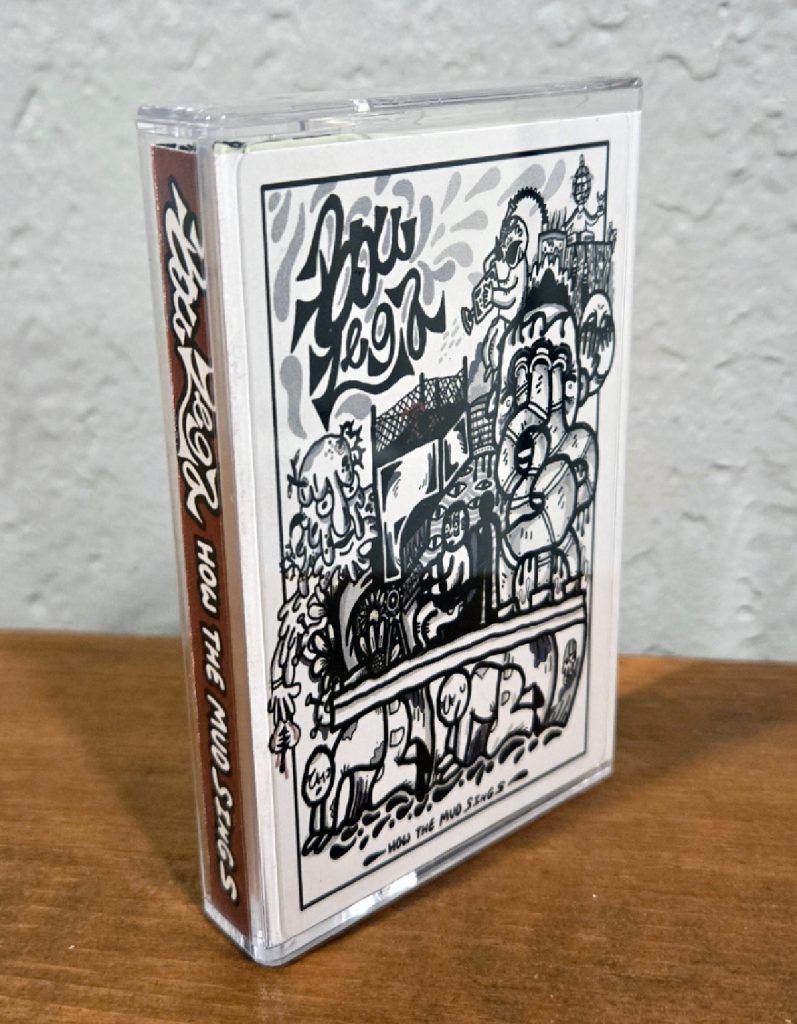
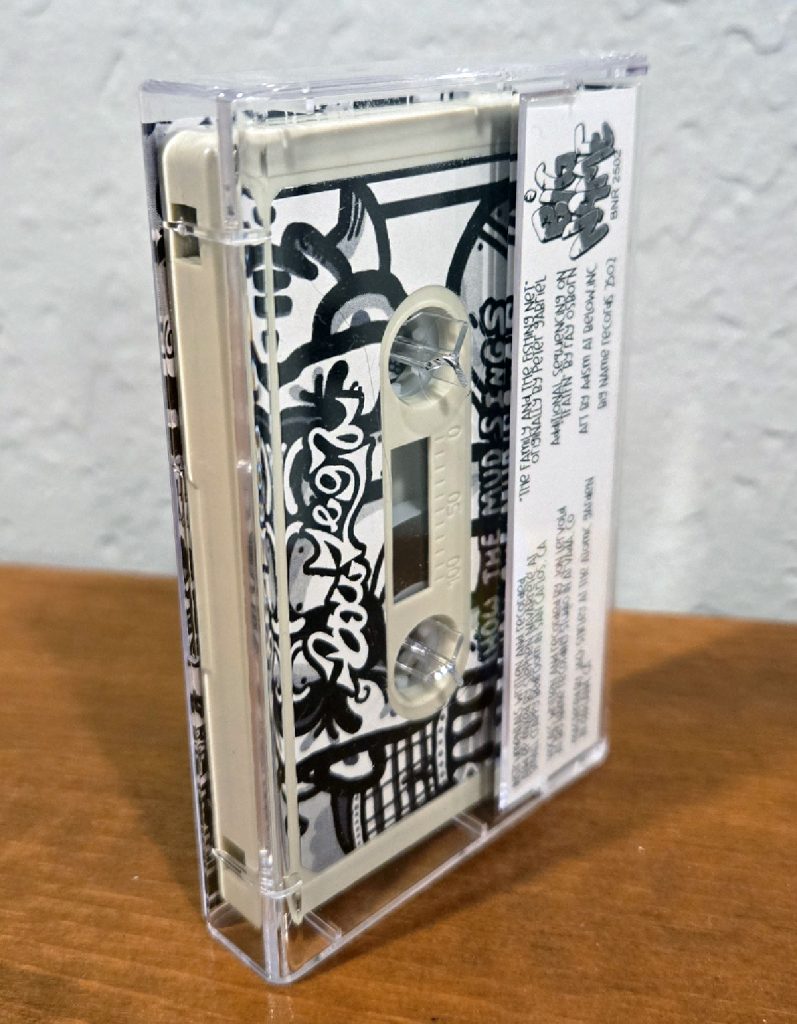
Tapes available through Big Name Records or the Bandcamp. BNR2502
Gapless w/ Lyrics on YouTube:
Stream or Download/Purchase (name-your-price) on Bandcamp:
